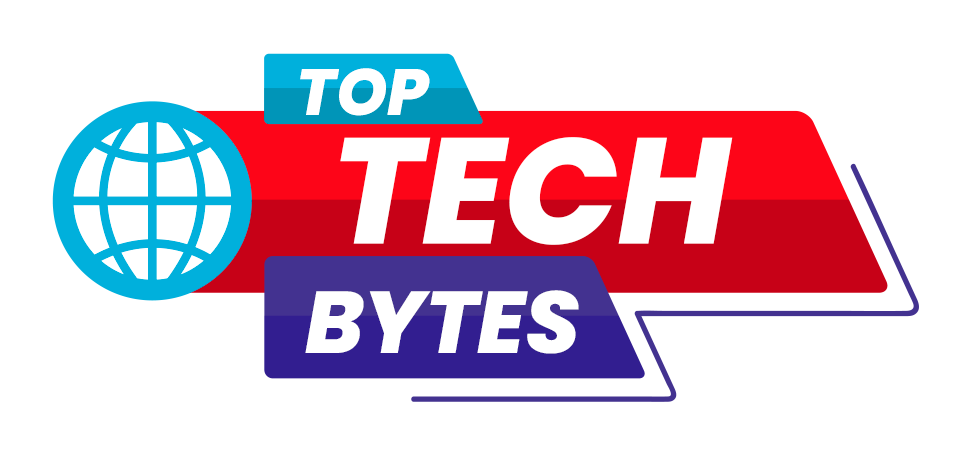Google Embeds Ads in AI Chatbots, Blurring Lines Between Conversations and Sponsored Content
Google is now placing ads in AI chatbot conversations, blending ads with answers to monetize AI tools and reshape digital advertising strategies.

By putting ads right into talks between AI bots, Google is taking a big step towards changing the way digital ads work. This new move was quietly tried earlier this year and is now being rolled out through Google's AdSense for Search program. It could change how people use tools that are powered by AI.
A story from Bloomberg says that Google has been testing this feature with AI search startups such as iAsk and Liner.Now it's being rolled out to more websites and platforms that use interactive AI.This means that relevant ads can be shown while chatbots are interacting with users.
A Google spokesperson stated that this feature is made for platforms that want to add ads to their AI experiences.In simpler terms, when you chat with a third-party AI bot, you may now see "sponsored messages" or "promotional content" that are seamlessly added into the conversation. This is similar to how ads show up in Google Search results right now.
This change is big because AI chatbots haven't usually had ads, so users have had a clean and focused experience.Popular tools like ChatGPT, Claude, and Perplexity, on the other hand, are making more people use them instead of standard search engines. Google has been the king of digital ads for a long time, and this could hurt its huge revenue stream.
Google wants to stay ahead and make revenue from the growing field of generative AI by adding ads to chatbot chats.It's not just a change in technology, though; it's also a change in how we think. Putting ads and helpful answers together could make it hard to tell the difference between the two, which could raise concerns about transparency and trust.
Google is now combining its advertising power with AI innovation. Users will need to be careful to know where the useful information stops and the ads begin.
This article is based on information from Business Today







